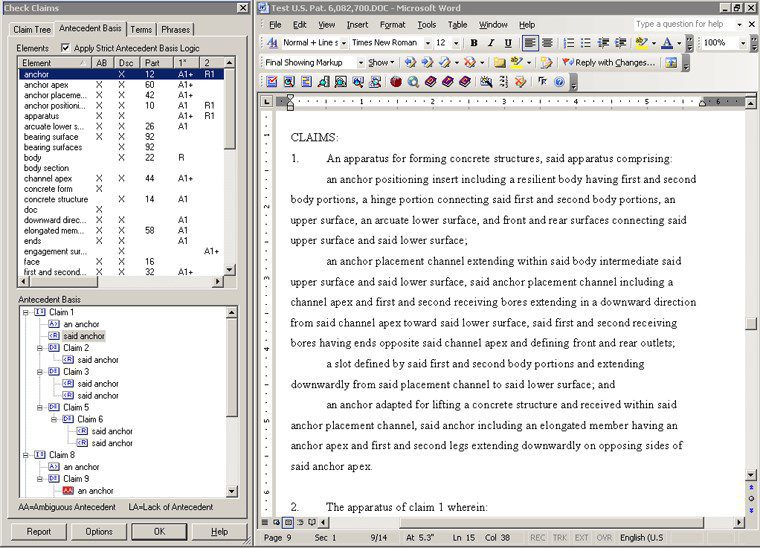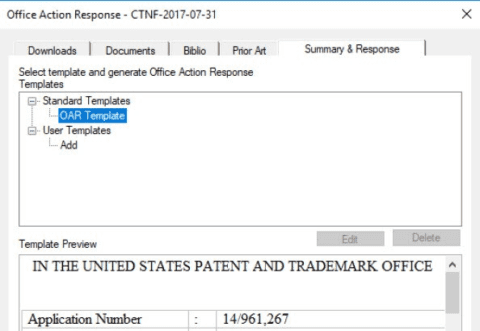Patent Drafting Tools: 3 Key Advantages

Patent practitioners may be able to work remotely in their pajamas from time to time, but, unlike their personal appearances, patent practitioners should keep their patent applications looking tiptop at all times. Much like a well-rounded grooming routine that can provide immediate and long-term benefits, using patent drafting tools throughout the drafting process can save time and money in the present, while also leading to stronger, more defensible patents in the long run. Patent drafting tools from LexisNexis® Intellectual Property offer three major drafting advantages that result in patent applications that look better and perform better in prosecution.
Advantage one: patent drafting tools reduce the number of USPTO rejections
Never the end of the world, yet hardly welcome, rejections issued by USPTO patent examiners are often setbacks that come at the expense of patent practitioners and their clients. Perhaps the most frustrating rejection is a procedural or clerical mistake that could have been avoided by thoroughly proofreading the patent application before submission. Although a comprehensive review leads to the best results, clients may not be pleased paying for the additional time it takes to proofread an application as thoroughly as possible, which often puts patent practitioners in a tough position. The LexisNexis PatentOptimizer® patent drafting platform helps reduce the number of rejections patent practitioners receive by providing diagnostics on patent applications before they are filed. By performing critical quality control checks and creating comprehensive, configurable error reports, PatentOptimizer® also keeps clients happy by reducing the amount of time it takes for patent application drafting and review.

Advantage two: avoiding objections based on drafting choices
Section 102 (novelty) and Section 103 (nonobviousness) objections are more the result of prior art research and analysis than of how an application was drafted; but “enablement” and “definiteness” rejections based on Section 112 are as avoidable as they are common. The PatentOptimizer patent drafting tool is capable of reviewing a patent specification to assess whether it provides a sufficient written description, and it can check patent claims for antecedent basis issues or a lack of support in the disclosure. By utilizing PatentOptimizer to draft and review patent applications before submission to the USPTO, patent professionals can avoid many of the issues that lead to Section 112 objections.
Advantage three: responding effectively to office actions
Office actions are a part of life for patent examiners, and, although avoiding objections altogether is ideal, it is good to know how to remedy an objection when one arises. Fortunately, responses to office actions rarely need to be created from scratch, because it is likely that a prior-filed USPTO application not only received a similar objection, but also overcame that rejection with a solid argument in response.

PatentOptimizer allows users to draw upon analogous office action responses that proved successful in the past with its Office Action Response tool. The Office Action Response tool retrieves related patent documents from the USPTO Patent Center and Private PAIR databases to generate a comprehensive office action response shell. Users can then analyze the arguments presented in response to previous office actions to help formulate the best possible office action response.
Patent practitioners can rely on patent drafting tools to help obtain the best possible patent prosecution outcomes. With the help of PatentOptimizer, reviewing patent applications for avoidable mistakes and providing guidance to overcome office actions, patent professionals can give their writing a makeover for optimal results.
Learn more about how to write high-quality patents with PatentOptimizer.
Explore the effects of efficient patent drafting.

Write high-quality patents with precision
Automate the review process and eliminate the need for manual draft reviews. Quickly and effectively check all parts of a patent application draft—from patent claims to patent drawings and everything in between.
